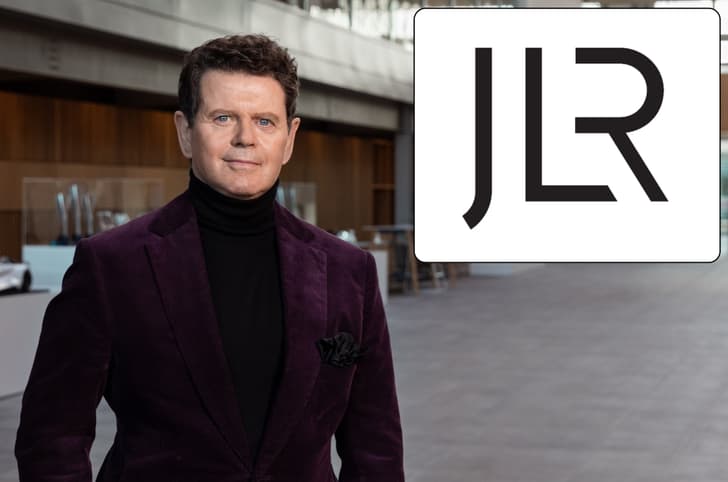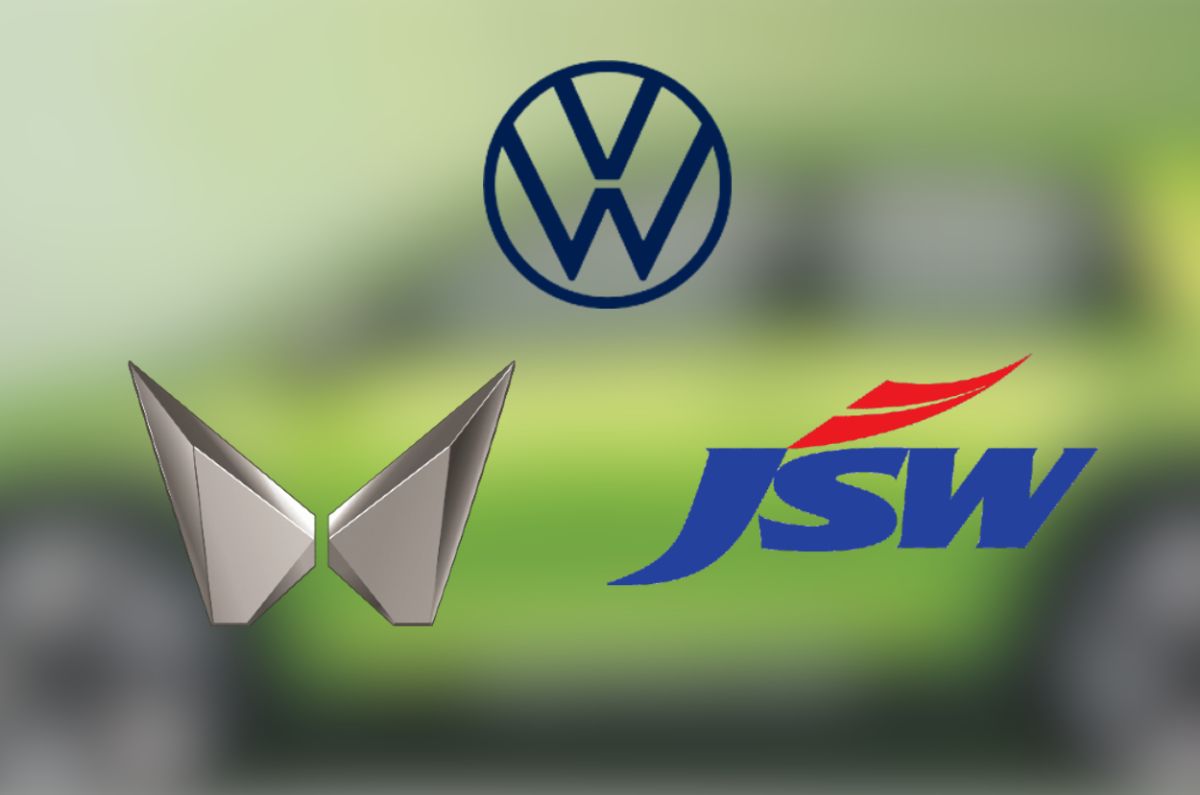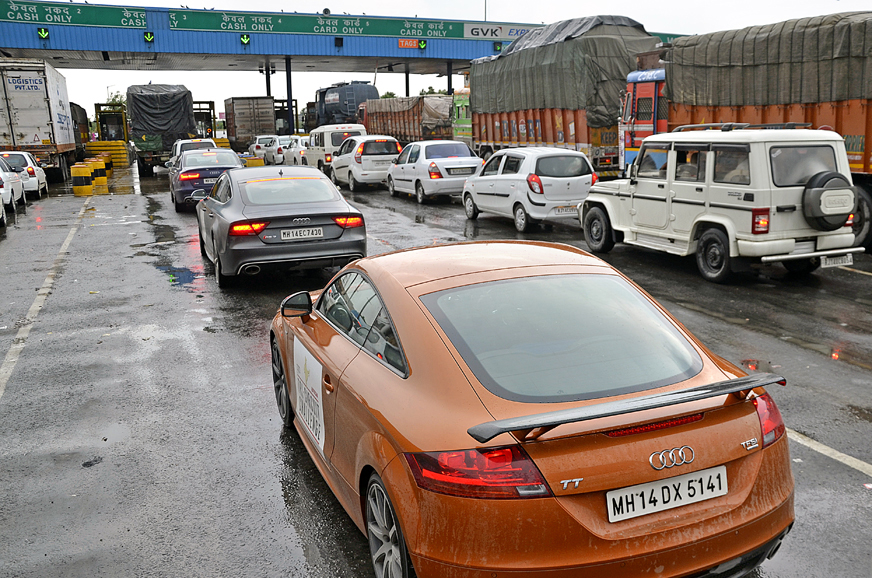Amid intense ongoing negotiation of the India-UK Free Trade Agreement, JLR (formerly Jaguar Land Rover), the marquee brand owned by Tata Motors, is exploring the potential of manufacturing electric vehicles in India. The discussion, which is at an advanced stage of conclusion, if given the green light, will create the biggest manufacturing facility for JLR outside of the UK. The investment is likely to be made in Sanand, Gujarat, however, the company is exploring other alternatives, including Pune – its original home base.
- JLR likely to invest in Sanand, Gujarat
- EMA platform to underpin the Tata Avinya range
- To localise EMA architecture to keep costs in check
JLR’s India EV manufacturing plans
According to sources, JLR is exploring possibilities of utilising the EMA architecture, which will be localised by Tata Motors for its Avinya range of cars. The original Avinya platform was revealed in 2022 as the company’s Gen 3 or pure EV platform. However, plans to develop the Avinya platform in-house were dropped a year into the programme in favour of adopting JLR’s architecture. This switch has led to a delay of around six months in the rollout of the first Gen 3 architecture-based EV now expected in 2026-27, which is likely to be a luxury SUV that sits above the Harrier and Safari in the company’s model range.
Our sister publication Autocar Professional learns that this project could entail a multi-billion-pound investment to develop at least four models each from Tata Motors and JLR over the coming decade. The projected volume is envisaged at around 3,00,000 units, with one-third planned for Tata Motors and about two-thirds for JLR – which will predominantly supply export markets with a very small share of the domestic market in India.
This ambitious project has gathered momentum, as the proposed India-UK FTA negotiations reach an advanced stage, says a PTI report, with the Prime Minister’s Office having reviewed the progress on the talks as late as last week. “The talks for the agreement are at a crucial stage now. About three reviews have happened so far at the highest level,” PTI reported quoting sources, adding that both countries are working to iron out differences on the remaining issues.
So far, 13 rounds of talks have been completed and the 14th round started on January 10, according to news reports. Tata Motors spokesperson offered no comments to the email queries on the same.
JLR to use Tata-owned Agratas' battery packs
The Tata Group had earlier announced an investment of $1.3 billion (over Rs 10,000 crore) in Agratas, a cell manufacturing company that will set up its base in Gujarat. It has partnered with Envision AESC as the global supplier of battery technology and cells. A sizable part of the business for Tata Agratas is likely to come from JLR if the project goes through.
In the run up to these conversations, Tata Passenger Electric Mobility Ltd (its EV subsidiary) and JLR had signed a Memorandum of Understanding (MoU) for the licensing of JLR’s Electrified Modular Architecture (EMA) platform for a royalty fee (including electrical architecture, electric drive unit, battery pack and manufacturing know-hows) for the development of Tata’s upcoming born-electric vehicles in November.
PB Balaji, the Group CFO of Tata Motors, had explained that this is part of the company's strategy to transition eventually to skateboard EVs, or Gen 3 products. "If you recollect, we had shared our plans of having Gen 1 – converted architecture, Gen 2 – flexible ICE and BEV architecture, and Gen 3 – pure EV architecture. When we looked around for a platform for pure EVs, we realised that for Avinya, which was always planned to be premium, JLR architecture fits well," Balaji had said.
He had also stated that the Avinya architecture will not just be for one car but is likely to spawn a family or range of electric vehicles in the future. With the Avinya concept, right from the onset, Tata Motors had plans to go global with it. It will, therefore, be significantly more premium than any of Tata’s existing vehicles, perhaps with similar positioning as its counterpart from JLR.
"It will reduce our development time, advance Tata Motors into advanced electrical and electronic architecture and prepare the brand for future autonomous vehicles. It is a significant win-win strategy for both Tata Motors and JLR," added Balaji.
JLR’s EMA architecture details
The born-electric EMA architecture, which was announced in 2021, will spawn the next-generation Velar, Evoque and Discovery Sport. Of these, the Velar will be the first to arrive and is due for its debut by late 2024. The EMA platform will be able to accommodate advanced driver assistance systems and extensive cloud connectivity, with the carmaker claiming that it will be capable of communicating with other cars and infrastructure. The EMA platform is “engineered around the battery” with its flat floor allowing for maximum interior space. It will also be able to accommodate batteries of different chemistries.
In addition, the platform is claimed to allow for Software Over The Air (SOTA), Level 2+ autonomy and Feature Over The Air (FOTA) capabilities. The EMA platform will feature a highly integrated propulsion system with cell-to-pack battery technology, battery management and a charging system. Further, the platform will also be eligible for a 5-star safety rating and ultrafast charging technologies for high-performance vehicles.
JLR’s EMA architecture to be localised
When the first batch of vehicles based on the EMA platform goes into production from late 2024 onwards, it will initially be produced at JLR’s Halewood plant in the UK. Originally opened by Ford, the plant is already undergoing a conversion for the production of battery electric vehicles. However, with the Avinya series of models that’s due from 2025, Tata Motors will be localising the EMA architecture here in India to keep costs competitive while still bearing a premium positioning.
This is the second major joint project announced by Tata Motors and JLR after the Harrier and Safari SUVs that are based on the Jaguar Land Rover Freelander’s D8 platform. However, the EMA partnership for a full vehicle development programme is a significant step up in the level of collaboration between Tata Motors and JLR.































